- AI Fire
- Posts
- 🤫 The $100k AI Avatar Business Secret - Inside My 2026 System (Part 2)
🤫 The $100k AI Avatar Business Secret - Inside My 2026 System (Part 2)
You know the opportunity, now learn the execution. Part 2 covers getting your first client, closing $6k deals, and delivering perfect AI results every time.
🚧 What's the hardest part of starting for you? |
Table of Contents
Welcome back! In Part 1, we learned together what an AI Avatar is, why this is a real business opportunity, and we analyzed the 4 main opportunities for you to start making money.
You understood the "what" and the "why."
Now it's time for the most important part, the part where most people get stuck: "How?"
How do I get my first client when I have nothing?
How do I "close" a $3,000-$6,000 deal?
How do I actually deliver the service and make my clients happy?
And how do I grow from a tired freelancer into a real $100,000 agency?
This is Part 2 of the playbook. In this part, I will share the entire system, from finding clients to building a team. This is not theory. This is the step-by-step plan you can start using today.
Let's get into the practical work.
IV. How To Get Your First Client
You have the knowledge. You understand the opportunities. Now let's talk about actually getting clients.
1. Understand Your Core Offer

Before you talk to anyone, you must be able to clearly state the problem and solution in one sentence.
The Problem: Business owners don't have time to film videos all the time, but they need a personal brand to build trust and get leads.
Your Solution: You build an AI avatar and content system that lets them post every day and grow their personal brand, without needing to be on camera.
You are selling Time and Visibility. Remember that.
2. Method #1: Warm Outbound
This is where everyone should start. Never skip this step.
"Hi [Name], how are you? I'm starting a pretty cool new service. I help busy business owners create daily social media videos without them needing to film anything themselves. I do this by creating an AI 'clone' of them.
I thought this might be useful for you, or maybe you know someone (like a CEO, a speaker...) who is struggling to make content? I would really appreciate any referral!"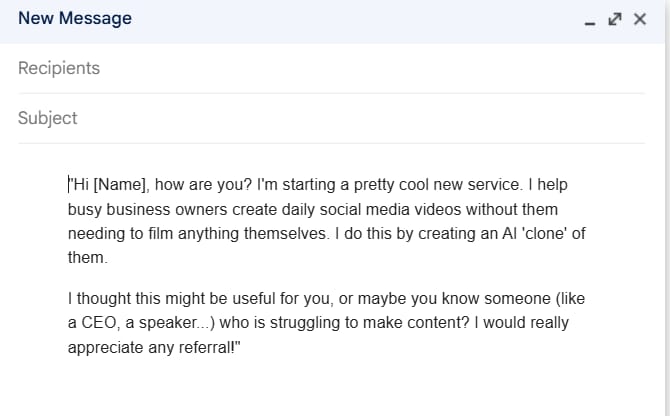
Your first three clients are probably in your network. Start here.
3. Method #2: Cold Outbound
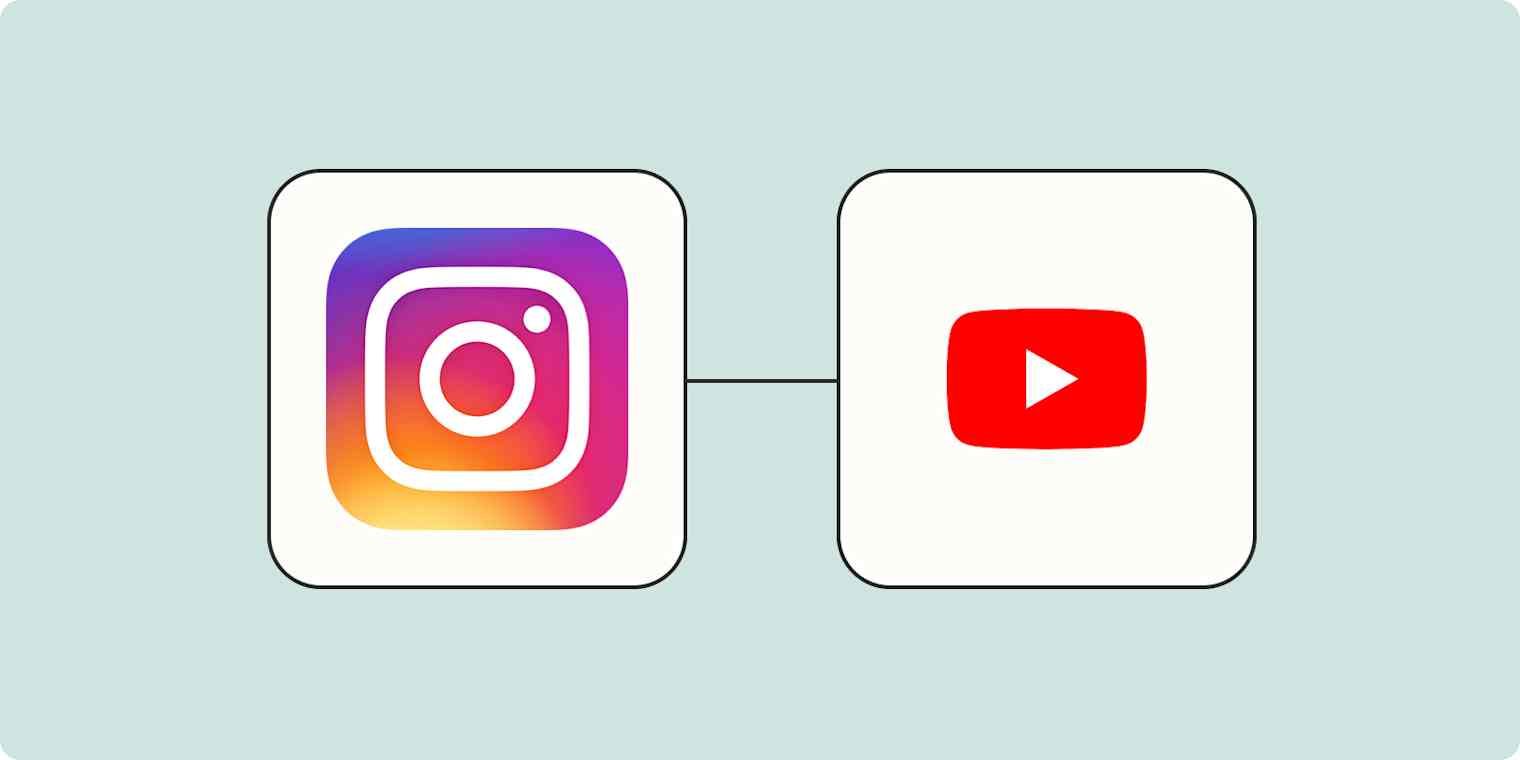
This is the "hard work" method, and it works if you are willing to send many messages.
Platform Strategy: Focus on Instagram and YouTube. This is where content creators and business owners really are.
A winning way I have tried:
Find people on Instagram who have a good personal brand (example: 5,000+ followers) but...
They haven't posted in 2-3 weeks, or even 2-3 months. (This is a sign they are burned out or too busy).
Then, send them a personalized video message (or text message).
Sample Cold Message Scripts (Instagram DM):
Sample 1 (The Pattern Interrupt - Very effective):
"Hi [Name], I have a weird question. Can I 'clone' you with AI and post content for you every single day so you don't have to worry about filming videos anymore?"(This message is short, creates curiosity, and gets to the point. It gets a lot of replies).
Sample 2 (Data-Based - High Value):
"Hi [Name], I was looking at your profile and your video about [Specific Topic] got 20,000 views. That video clearly worked well. What if you could post 30 more videos just like that next month, without spending any extra time filming?"Sample 3 (Competitor-Based):
"Hi [Name], I see your competitor, [Competitor's Name], is posting 2 times a day. I have an AI system that can help you post 3 times a day, and it only takes 15 minutes of your time per week. Do you want to see how it works?"
The main rule: Don't be like everyone else. Personalize your message and immediately solve a real problem for them.
Learn How to Make AI Work For You!
Transform your AI skills with the AI Fire Academy Premium Plan - FREE for 14 days! Gain instant access to 500+ AI workflows, advanced tutorials, exclusive case studies and unbeatable discounts. No risks, cancel anytime.
4. Method #3: Organic Content
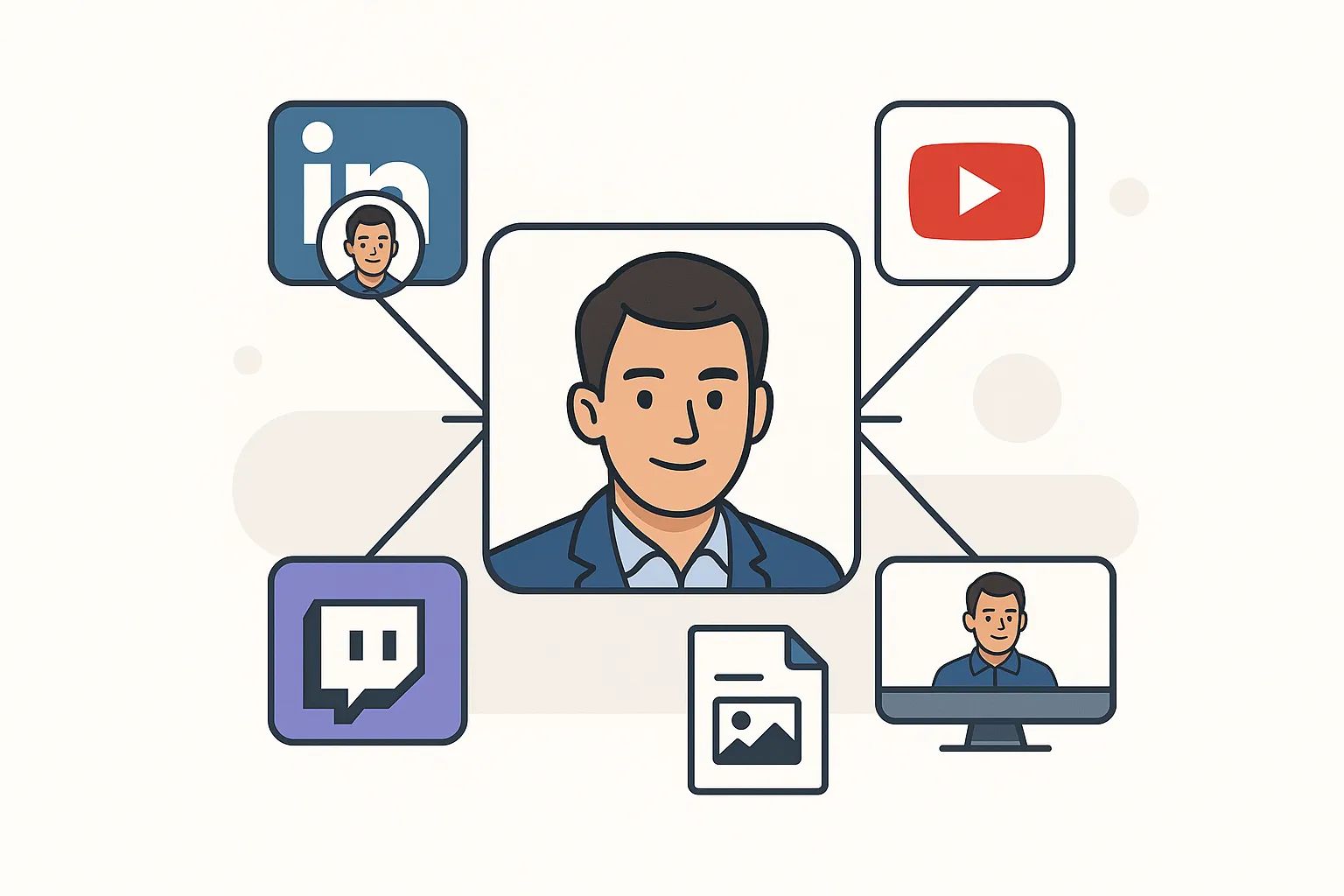
If you are trying to sell this system, you should be using it yourself. This is the most powerful marketing.
Create your own AI avatar.
Use it to post educational content about your industry (example: "3 ways to make AI videos," "Why CEOs are using AI avatars").
When a potential client talks to you, they have already seen the proof. They see you posting all the time.
Your product is also your marketing. You don't need to "sell" anymore; you just "show" them what you are doing.
When you have all three methods, it becomes a numbers game. Keep sending messages, keep creating content. You will get clients.
V. How To Close The Deal
You have a few people who are interested. They reply, "OK, sounds interesting, tell me more."
Now what? When you are just starting, I strongly recommend using a Two-Call Close Process.
1. Why Two Calls?
Most beginners fail because they try to do too much in one call: find the problem, present, handle objections, and close. It's too much pressure.
Splitting it into two calls helps you:
Focus on one thing at a time.
Lower the pressure for both you and the client.
Build your confidence and your sales skills.
2. Call #1: The No-Pressure Discovery Call

This call (15-20 minutes) is not about selling. It is about getting information and building trust. Your goal is to listen.
The Golden Questions You Must Ask:
"Thanks for your time. Can you tell me, what is your current content situation like? Are you posting often?"
(They will say: "No, I'm too busy...")
"OK. So what is your dream situation? In 6 months, what do you want your channel to look like?"
"In your opinion, what is the biggest barrier stopping you from getting there?" (They will say: "I have no time," "I hate editing," "I don't know what to say.")
"What numbers do you care about most? (Example: number of videos posted, more followers, or actual new customers?)"
Why this works:
You are just having a conversation. The client will lower their guard and open up about their real problems.
You are collecting "ammunition" (information) for the second call.
Ending the call: "Thank you. This is very helpful. Based on what you shared, I believe my system can definitely solve your problem of [repeat their problem]. I am going to prepare a custom proposal just for you. Can we schedule 30 minutes next Tuesday for me to present it?"
3. Call #2: The Proposal & Close

This is where you make the sale.
You prepare a simple proposal (slides).
Do not talk about technology. Talk about results.
Use their own words.
Wrong way: "We will use HeyGen and ElevenLabs to make an avatar..." (They don't care).
Right way: "In our last call, you said you have no time and want to post consistently. Here is our 3-step solution to do exactly that. You only need to spend 1 hour per month. We do the rest."
Present the proposal, then state your price, and be quiet. Say nothing. Let them process the information.
Handle objections (we'll talk about this later) and close the deal.
Important Rule: Always be ready to close on the second call. Have the contract and payment link ready to send.
VI. How To Deliver The Service (The Heart Of The Article)
You got a client. They paid. Now it's time to get results.
This is the entire fulfillment process, broken into 4 phases. This is the hardest part, and I will explain it in detail, like a teacher.
1. Phase 1: Creating The AI Avatar (The Technical Part)

This is the first and most important step. If the avatar looks bad, the client will be unhappy.
Tools:
Video: HeyGen is my top choice for personal cloning.
Audio: ElevenLabs is the best tool for voice cloning. The quality is amazing.
What you need from the client:
2-5 minutes of high-quality video footage (HeyGen's requirement).
3-5 minutes of clean voice recording (ElevenLabs' requirement).
The Solution (High-Value Add): Don't just ask them. Guide them. Create a professional "Filming Guide" document and send it to them. You can copy and use my template below:
[TEMPLATE] Client AI Avatar Filming Guide
Goal: To record 2-5 minutes of perfect "talking head" video.
1. Equipment:
Camera: An iPhone 14 or newer (or similar smartphone) is perfect. Always use the back camera.
Audio: DO NOT SKIP THIS STEP. Use an external microphone (like a lapel mic or USB mic). Do not use the built-in mic from your phone/camera. Audio is more important than video.
Lighting: Most important. Face a window (natural light) or use a ring light. Make sure your face is bright. Never film with a window behind you.
2. Setting:
Environment: A quiet room with no echo (a room with carpets, curtains, and a sofa is best). Close any windows to block noise.
Framing: Film from your chest up. Leave a little space above your head. Look directly into the camera lens, not at the screen.
Background: A simple, clean background (like a plain wall or a neat bookshelf).
3. Content (What to say):
Read a piece of text (like an article) for 2-3 minutes.
Speak naturally and clearly. Change your tone a little (like you are emphasizing a point or asking a question).
Important: Keep your head relatively still. You can blink and gesture normally, but avoid rocking your head or turning too much.
4. The Live Session (Best Way):
We will block 30 minutes on the calendar.
You and I will join a Google Meet. I will check your lighting, frame, and audio before you hit record.
This makes sure we get it right the first time and saves us both time.
Once you have these files, you upload them to HeyGen and ElevenLabs to create the avatar and voice.
2. Phase 2: Content Strategy (The Brain)

This is where you show your value. Don't just be a "tool operator." Be a "strategist."
Understand the client: Spend time learning about their target audience, business goals, and brand voice.
Use Notion: Create a workspace in Notion. This will be your "home base" for content planning, script writing, and approvals.
Content Pillars: Don't just guess. Create a strategy based on "pillars." This keeps their content from getting boring.
Pillar 1: Educational (How-to): Teach their audience something (e.g., "3 ways to improve your credit score"). This builds authority.
Pillar 2: Inspirational (Why): Share stories, lessons learned, opinions (e.g., "The biggest mistake I made when I started"). This builds connection.
Pillar 3: Engaging (Ask): Ask questions, run polls, share industry news (e.g., "What do you think of the new Google update?"). This builds community.
Pillar 4: Sales (Call-to-Action): A small part of the content that directly promotes their product/service.
Plan your content calendar around these pillars. Example: Monday (Educational), Tuesday (Engaging), Wednesday (Inspirational)...
3. Phase 3: Scripting And Content Creation (The Daily Work)

This is where most of the work happens and where you will get the most client revisions.
The Proven Content Formula:
The easiest way to win: Don't reinvent the wheel.
Find what is already working for other people in your client's niche.
Go to their competitors' TikTok/Instagram profiles. Filter by "Most Popular."
Watch their top 10 videos. Analyze the "hooks" and the topics.
Recreate them with your client's special opinion.
The Quality Control (QC) Process - Very Important:
Present the strategy: "Hi [Client], this month we are focusing on [Pillar X]. These topics have been proven to work well in your industry."
Share scripts for approval: Put all scripts in your Notion or Google Docs.
Tag the client: Tag them for fast feedback. ("@Client, the scripts for next week are ready for you to look at.")
Only create the video after the script is "Approved."
The 3-Part Script Formula for Short Videos (High Value):
A: Hook (First 3 seconds): Must be shocking or create curiosity.
"You will not believe this..."
"This is why you are still poor..."
"Stop doing this immediately if you want to..."
B: Value (Next 15-20 seconds): The main content. 3 tips, 1 lesson, 1 story. Keep it short and to the point.
C: Call to Action (Last 3 seconds):
"Follow for more tips like this."
"Comment 'AI' below and I will send you..."
"What do you think about this?"
4. Phase 4: Analytics And Optimization
Your job isn't finished when you hit "post."
Track the numbers: Every week, look at the numbers. Not just views. Look at retention (how long people watch), comments, and saves.
Report to the client: Send a simple monthly report. "This month we posted 30 videos, got 150,000 views, and 20 new leads. The video about [Topic X] worked best. Next month, we will do more of that."
Adjust: Based on the data, adjust your content strategy.
VII. Scaling Up: From $25K To $100K/Month
You have 3-5 clients. You are making $10k-$25k a month. But you are tired because you are doing everything.
Here is how to scale.
1. Build A "Productized" Offer
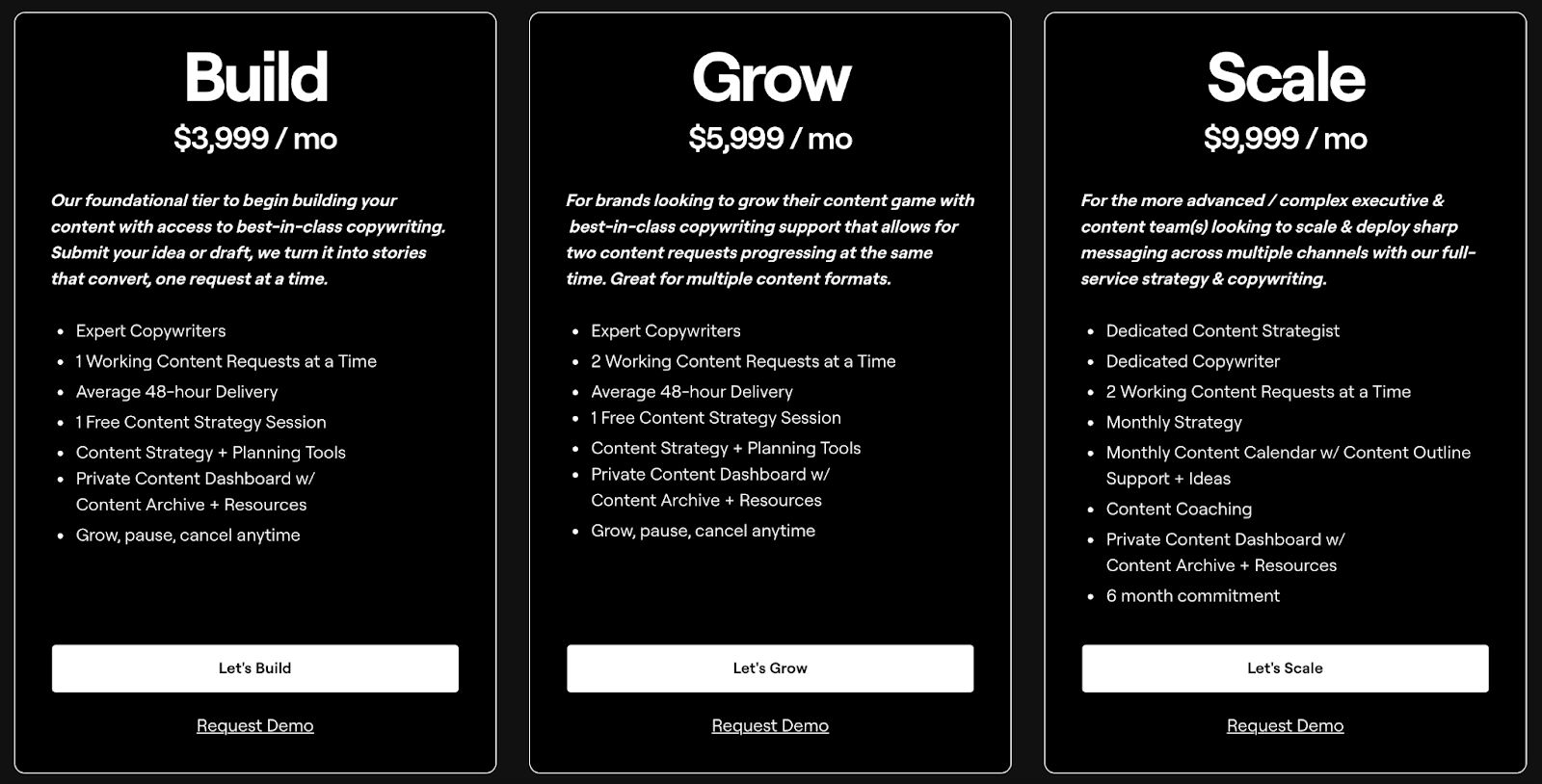
Take everything you've learned and create a standardized system.
Instead of building everything from scratch for each client, create a clear "package."
Example: "The Personal Brand Builder Package: $5,000/month."
Includes:
1 AI Avatar & 1 AI Voice
4 Content Pillars Strategy
30 Short Video Scripts per month
30 Videos Created & Edited
Daily Posting
Monthly Report
This way, you know exactly what to do, and the client knows exactly what they get. It makes selling and delivering 10x easier.
2. Move To A One-Call Close
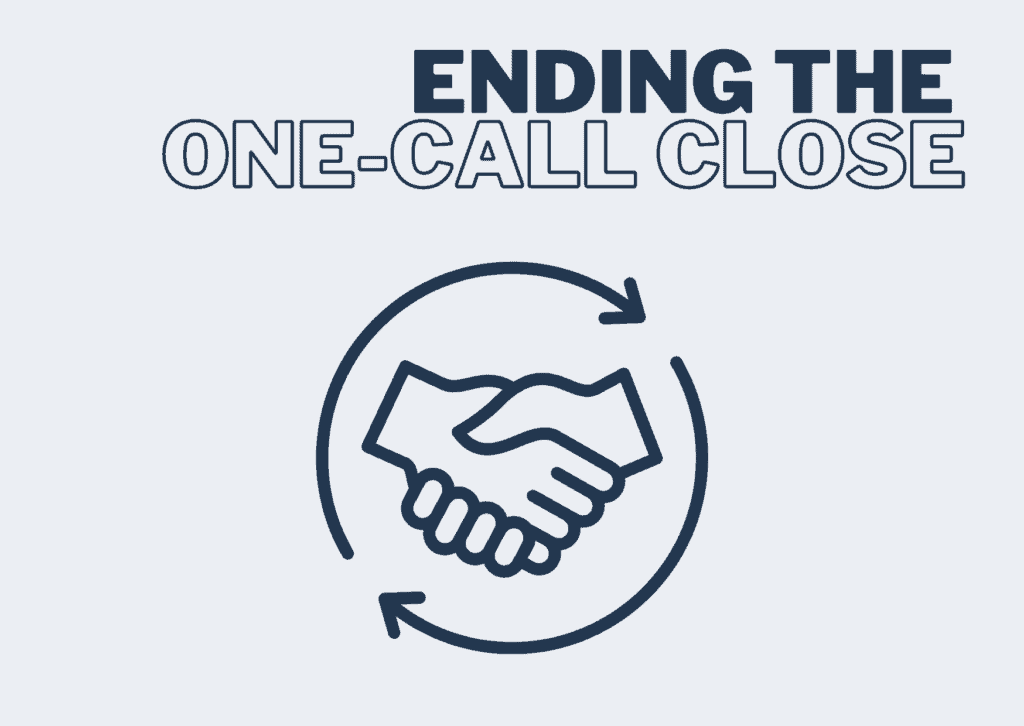
Once you have a productized offer, you don't need two calls anymore. You can close in one 30-45 minute call. Why?
You know exactly what you are selling.
You have proof it works (case studies from your first clients).
Your new Sales Deck structure is:
Slides 1-3: The Problem (They have no time).
Slides 4-5: The Solution (Your avatar system).
Slides 6-10: The Proof (Most Important): Hit them with proof. "Here are Client A's results (50,000 follower gain). Here is Client B (30 new meetings)."
The Closing Technique: After showing all the proof, ask: "Of all the results you just saw, which one is most aligned with what you are looking for?" (This makes them sell themselves).
Slide 11: The Package & Price.
Slide 12: The Close.
3. Smart Pricing Structure
Offer two main options. This gives the client a feeling of control, but both options are a win for you.
Option 1: Buildout Only - $4,000 (One-Time)
You create the avatar, create the voice.
You develop the content strategy and first 30 scripts.
You hand over all the assets and train their team how to do it themselves.
This is a good "downsell" for people who can't afford the monthly fee.
Option 2: Done-For-You - $6,000/Month
Waive the entire setup fee ($4,000).
Client commits to a 3-month minimum.
You do everything: scripts, creation, editing, posting, reporting.
Most clients (who have money but no time) will choose this option. You remove the big upfront barrier, and in return, you get monthly recurring revenue.
VIII. Building Your Team And Systems
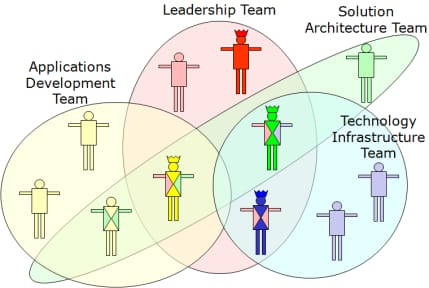
You cannot scale to $100k/month by yourself. You will burn out. You need systems and people.
1. SOPs (Standard Operating Procedures)
This is the foundation of scaling. Record everything.
Use Loom (a screen recording tool) and record your process.
Make a Loom video for:
How to onboard a new client.
How to create an avatar on HeyGen.
How to clone a voice on ElevenLabs.
How to write a script (using the 3-part formula).
How to edit a video (add captions, music).
How to post and write a caption.
Store all these videos in a Notion workspace. This becomes your business "operating system." When you hire a new person, you just say, "Watch these 10 videos."
2. Client Portal
To reduce the "where is my stuff?" messages, create a simple Client Portal on Notion.
Make one page for each client.
Show them:
Their Content Strategy.
Their Content Calendar (so they see what's coming).
A folder with all finished videos.
Their monthly reports.
This builds trust through transparency.
3. Your Team Structure (Who To Hire first)
Don't hire 10 people at once. Hire step-by-step.
First hire: Video Editor. Editing is the most time-consuming job. You can find amazing freelance editors on Upwork or local platforms. Send them your editing SOP.
Second hire: Content Strategist/Writer. This person finds trends, writes scripts, and gets client approvals.
Third hire: Project Manager / Client Success. This person makes sure everything runs smoothly, talks to the client, and makes sure videos are posted on time.
The New Role (High Value): Generative Creator. This is a new position. This is the person who actually operates HeyGen and ElevenLabs. They are the expert at getting the best quality avatars and sounds.
When you have this team, your job (as the owner) changes from "doing" to "managing" and "selling."
IX. Your "Tech Stack" (The Tools You Need)

Here is the list of all the tools you need to run this business.
AI Avatar Creation: HeyGen (Main) or Synthesia (Good for UGC).
Voice Cloning: ElevenLabs (Best quality).
Content & SOP Management: Notion (This is your brain).
CRM (Client Management): GoHighLevel (All-in-one) or HubSpot (Free to start).
Screen Recording (for SOPs): Loom.
Funnel Building: ManyChat (Good for Instagram automation).
Tools to Watch: Sora (Future of video), Recraft (For AI images).
Important Note: You don't need all of this. Start with HeyGen, ElevenLabs, and Notion. That is enough to begin.
X. Common Challenges (And How To Handle Them)

Let's be real. You will have problems. Here are the 3 biggest and how to solve them.
Challenge #1: "My client's footage is terrible!"
Problem: The client sends a blurry, dark, echo-filled video.
Solution: Never start work with bad ingredients. Blame "the process." Say: "Thank you for sending this. Unfortunately, our AI system requires a higher-quality file to make sure the avatar looks 100% like you. Here is the guide (from above), can we jump on a 15-min call so I can guide you live?"
Challenge #2: "My client keeps asking for changes!"
Problem: The client changes their mind on the script after the video is already made.
Solution: Your quality control process. Build "approval gates."
Client must approve the strategy before you write scripts.
Client must approve the scripts before you make videos.
In your contract, state: "Includes 2 rounds of revisions at the script stage. Any changes after the video is generated will have an extra fee." (This will stop them immediately).
Challenge #3 (Important): "My audience will find out and hate it!"
Problem: The client is worried that using AI is "dishonest" and will get a bad reaction.
Solution: This is a sales objection. Here is how you handle it:
Empathize: "I completely understand that concern. It's a very good question. The technology from 12 months ago did sound very robotic."
Reposition: "But the technology today is different. (Show them your avatar). The question isn't 'will my audience know it's AI?' The question is 'will they get value from the content?'"
Give the choice: "I think it's better to have a valuable AI avatar video every day, than one video you film yourself once a month. Consistency is what builds trust. What do you think?"
XI. Is This Business Right For You? (The Honest Truth)

Before you jump in, be honest with yourself.
This business is great for you if:
You are willing to learn new tech (HeyGen, ElevenLabs).
You enjoy creative work and marketing.
You can handle ongoing client relationships (this is not "build and forget").
You are comfortable with video and social media.
You are willing to put in the work to build systems (SOPs).
This business is probably not for you if:
You want completely passive income (this is a service business).
You hate creative work or reviewing content.
You don't want to talk to clients all the time.
You give up easily after a few "no's."
The truth about starting: You will get rejected. Your first few avatars might not look perfect. You will make mistakes. That's normal. The people who succeed are the ones who keep going.
XII. Why Now Is The Time To Start

Here is something important to understand: if you wait until this market is "mature" and "proven," you will be too late. The people making the most money right now got in early. They dealt with imperfect technology. They figured things out when there was no clear playbook.
Yes, AI avatars are not 100% perfect yet. Yes, there are still small issues. Yes, you will face challenges.
But that is exactly why now is the time.
In 6 months or a year, this will be much more competitive. There will be more agencies offering this. You can either:
Wait until it's "ready" and compete with everyone else.
Get in now, learn as the tech improves, and become the expert when it becomes popular.
You have all the information you need. The strategies are here. The tools exist. The clients are out there right now struggling with content creation.
The only question is: will you take action?
Conclusion
AI avatars are a real business opportunity that solves real problems for real businesses. This isn't hype. It is a legal service business that requires skill, effort, and commitment. But it is also one of the easiest businesses to start right now. You don't need a huge investment. You don't need to build complex software.
You need to:
Understand how to use existing tools.
Get consistent results for clients.
Build systems that can grow.
The playbook is right in front of you. Now it's up to you.
If you are interested in other topics and how AI is transforming different aspects of our lives or even in making money using AI with more detailed, step-by-step guidance, you can find our other articles here:
How well did this guide cover the topic of "making money with AI"? |
Reply